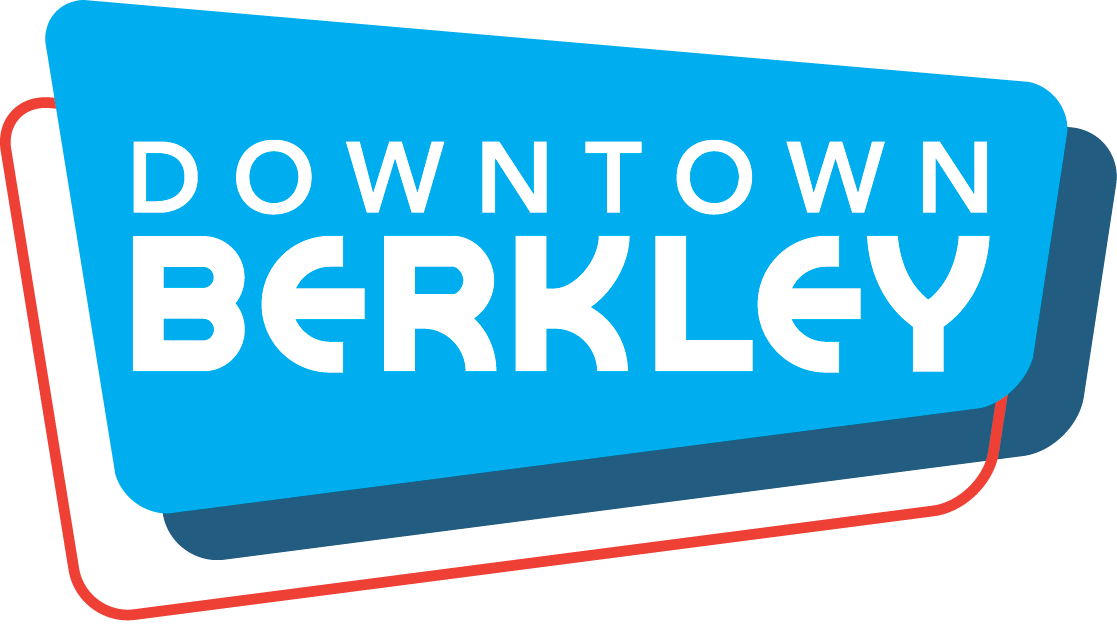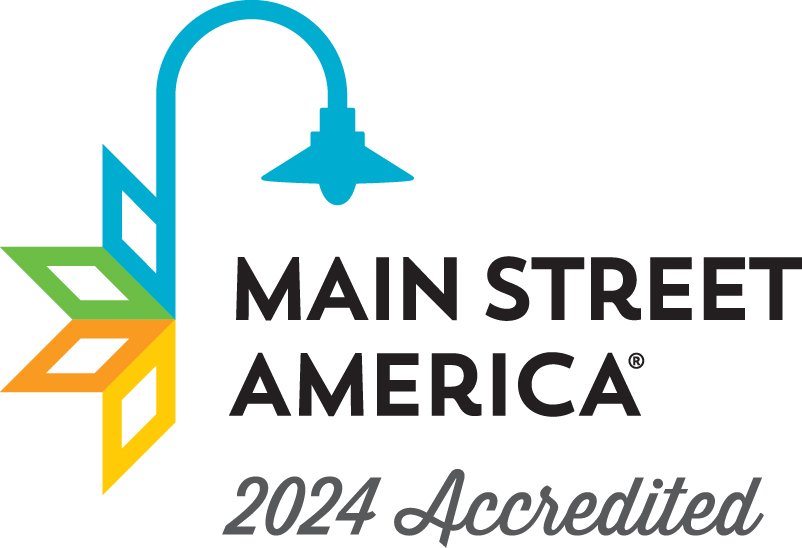The DDA Staff
Strategic Documents
-
-
pdf
-
pdf
-
pdf
-
pdf
-
png
-
pdf
-
pdf
-
pdf
-
pdf
-
pdf
-
pdf
-
The DDA Board
Board Chair
Board Vice Chair
Board Secretary
Director
Director
Director
Director
Board Treasurer
Director
Director
Director
Director
Director
Creation of the
Berkley Downtown Development Authority
On October 18, 1993, the City of Berkley City Council adopted an ordinance that created the Downtown Development Authority of the City of Berkley (DDA). The Downtown Development Authority District created by this Ordinance is illustrated in the map below at the bottom of this page.
The DDA was given all the powers and duties prescribed for a Downtown Development Authority pursuant to Public Act 197 of 1975. Further, the operational structure of the DDA was approved pursuant to its By-Laws.
Mission

The Berkley Downtown Development Authority exists to spur economic vitality, improve the streetscape, enhance visitors’ diverse experiences, and create connections to the community on Coolidge and Twelve Mile Road in downtown Berkley, Michigan.

Vision
Downtown Berkley is an active, friendly, welcoming, creative, exciting, and attractive destination for our city’s residents and visitors. Our many unique and diverse businesses are prospering, and there is continued growth, renewal, and momentum along the entire stretch of both Coolidge and Twelve Mile Road. Downtown Berkley is a broadly known, highly regarded, and leading downtown choice.
Purpose
Public Act 57 of 2018, commonly referred to as the Downtown Development Authority Act, was created in part to correct and prevent deterioration of business districts; to promote economic growth and revitalization; to encourage historic preservation; to authorize the acquisition and disposal of interests in real and personal property; to authorize the creation of downtown development authorities; to authorize the levy and collection of taxes, the issuance of bonds and the use of tax increment financing in the accomplishment of specific downtown development activities contained in locally-adopted development plans.
The Act seeks to reverse historical trends that have led to the loss of population, jobs, businesses and the quality of life in our cities by attacking the problems of urban decline, strengthening existing areas and encourage new private developments in the downtown districts of Michigan communities. It seeks to accomplish this goal by providing communities with the necessary legal, monetary and organizational tools to revitalize downtown districts either through public-initiated projects or in concert with privately motivated development projects.
How TIF Funding Works
(by Drew Krogulecki, MI Legislative Analyst)
Tax increment financing (TIF) has been described as "the first tool that local governments pull out of their economic development toolbox". It is a method that many communities use to finance different projects for commercial development, neighborhood revitalization, or other economic development purposes.
Tax increment financing allows an established TIF authority to "capture" property tax revenue from incremental increases in value in a determined area and spend the "tax increment revenue", or a percentage of the total increased collections, to develop the area or finance a specific project. In other words, the value of any improvements to property located in a designated TIF district does not go into the overall tax base of the community, but instead is reserved for, or "captured" by, the TIF district.
In Michigan, statutes that authorize TIF and the decision to develop a TIF plan rests with a municipality. A municipality is given the authority both to create a TIF authority and designate the district where the TIF plan will be applied. The district does not necessarily have a limit in regard to its size, so districts range from relatively small to rather large. The assessed valuation of the property in the TIF district that is determined when a TIF plan is being implemented is called the "base value". The base value is used to measure increases in property taxable value over time. The taxable value of property can increase due to such events as a sale or transfer of ownership, major renovations or changes to the property itself, or inflation.
Property Owners in a newly created TIF district will continue to pay their taxes as they normally do and will not see any change in the amount they pay compared to the amount they would pay absent the TIF district. Local governments and authorities also continue to receive a share of local property taxes from taxpayers as they normally would. However, any increase in revenue attributable to an increase in assessed property values from the base value going forward is captured by the TIF authority. The increase in valuation is multiplied by the applicable tax rate, and the result is considered the tax increment revenue available for use by the authority. The revenue may be used to pay for economic development projects in the district or used to secure bond issues for large public expenditures. The municipality and TIF authority ultimately determine how the tax increment revenue will be spent.
The improvements resulting from TIF spending should attract private investment to further develop the district. The district should then see an increase in assessed property values because of the improvements, generating more tax increment revenue to pay for public expenditures. The TIF plan, therefore, ideally will pay for itself while spurring development and private investment until it expires. The reality may be different, however, when property values decline due to economic downturns or other circumstances, or if the development does not generate the anticipated economic activity.
A municipality establishes a TIF plan for the broad purpose of promoting economic growth, in addition to any specific purpose listed in the individual act. This provision is significant because it gives a municipality freedom and flexibility to determine a use for tax increment revenue as long as it falls under that purpose of "economic growth".

